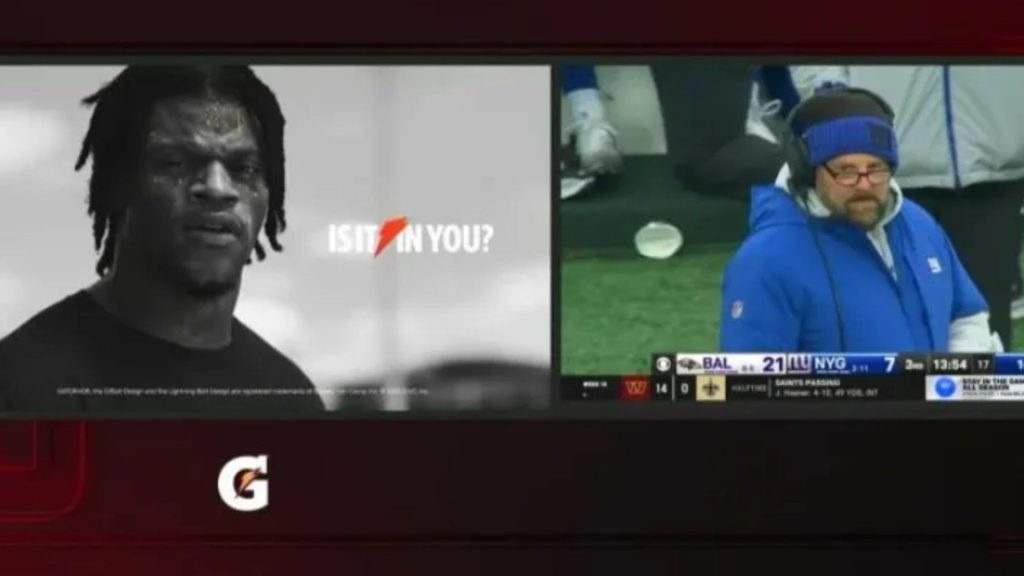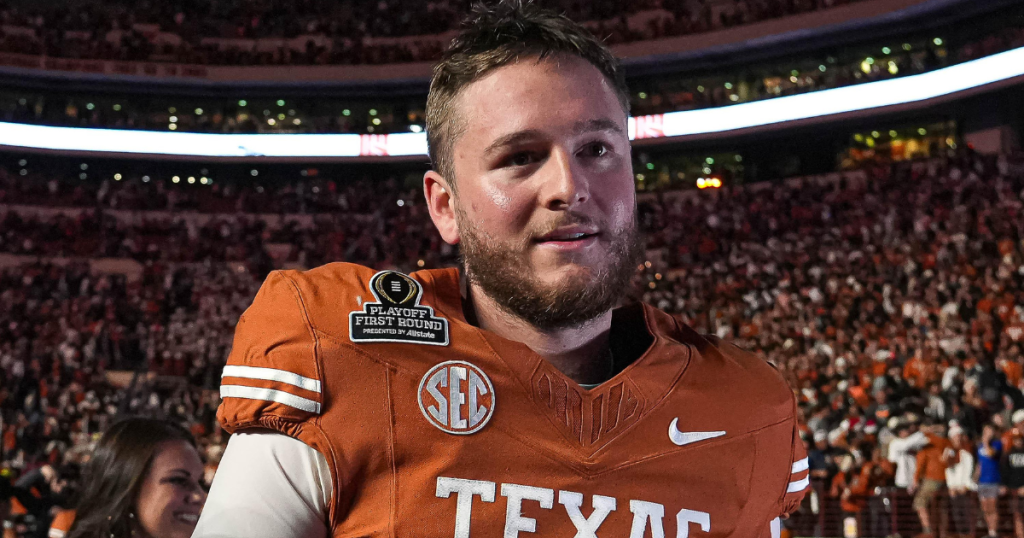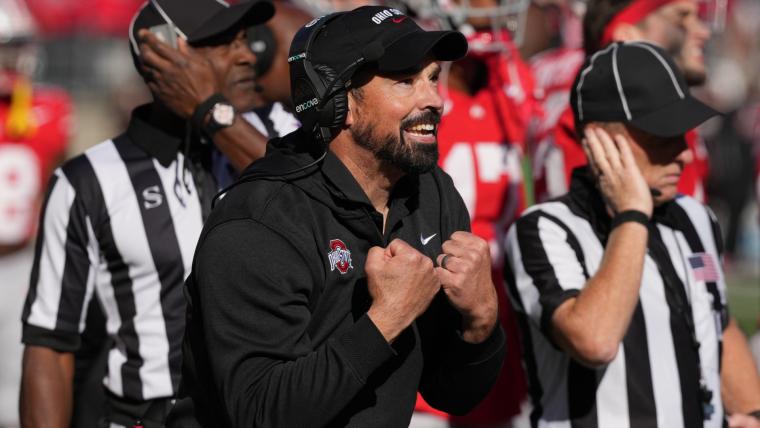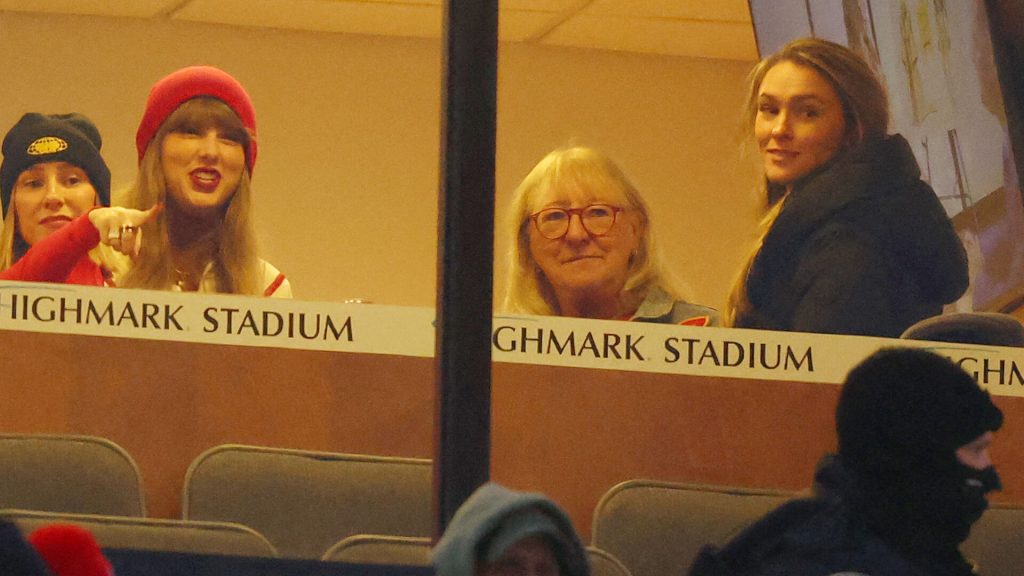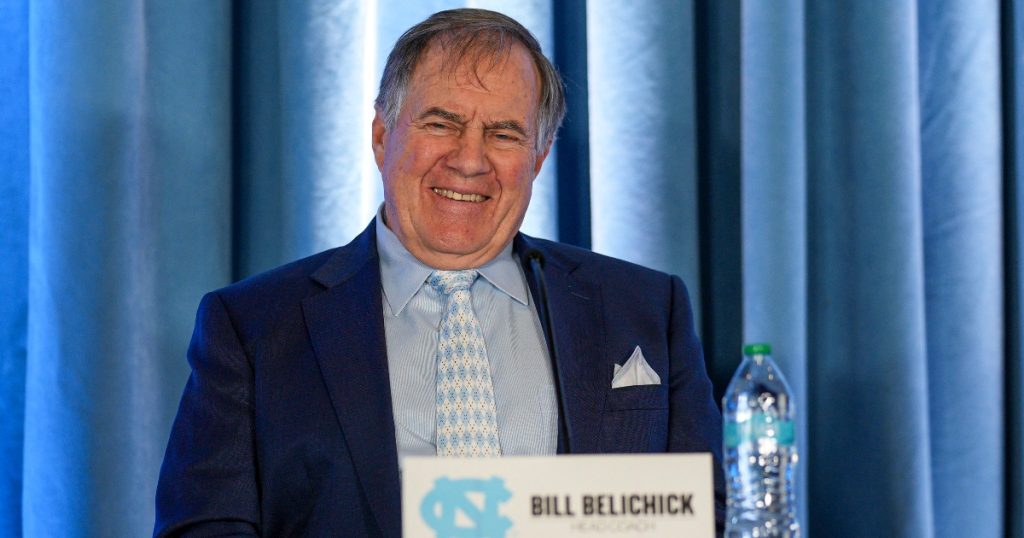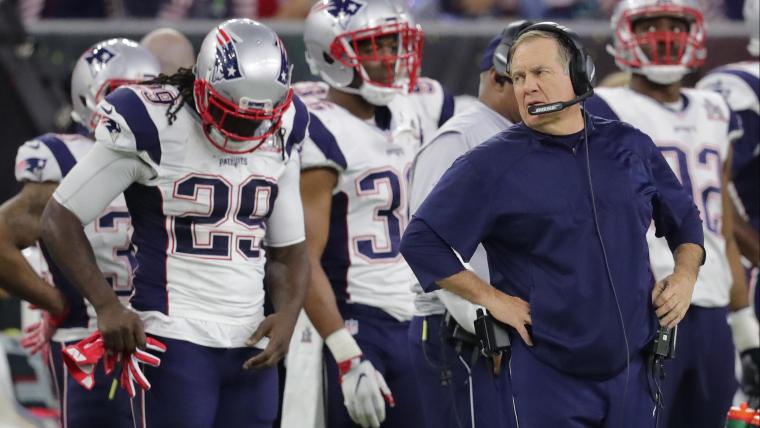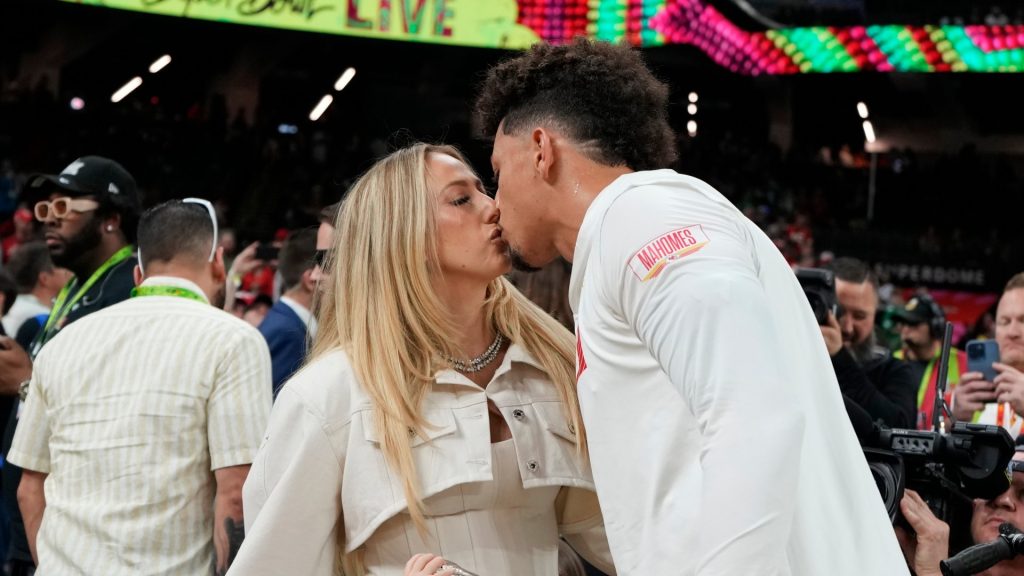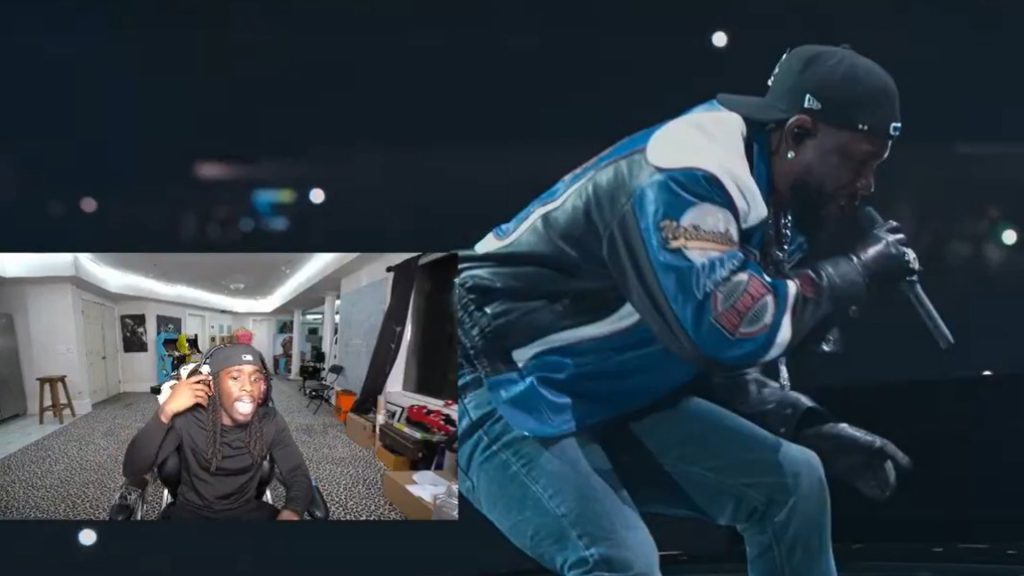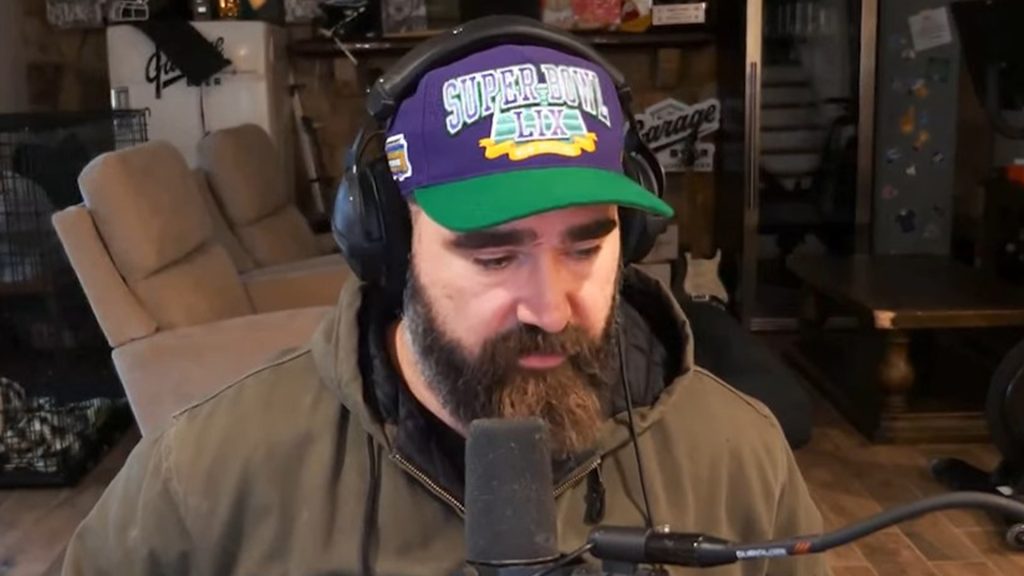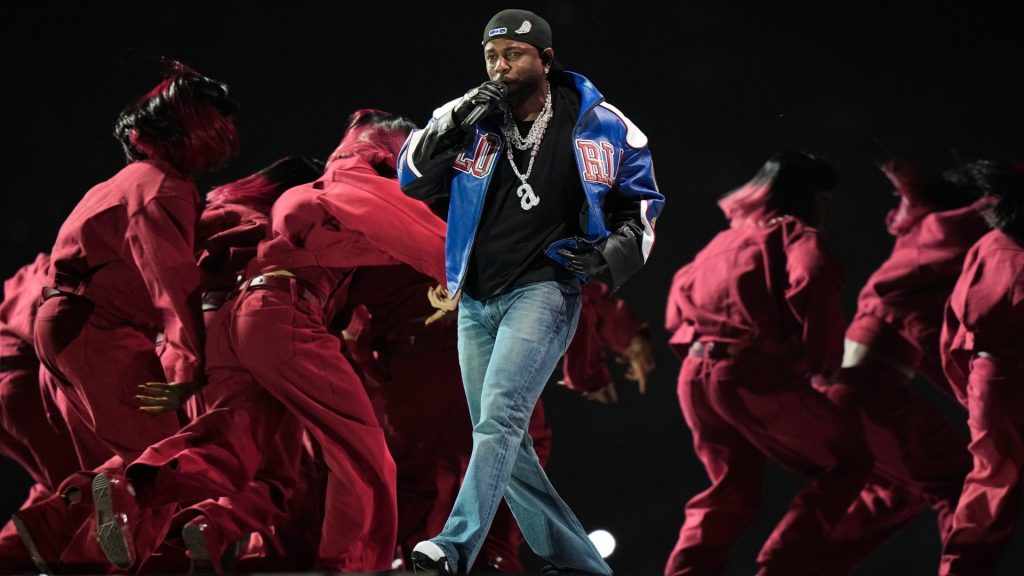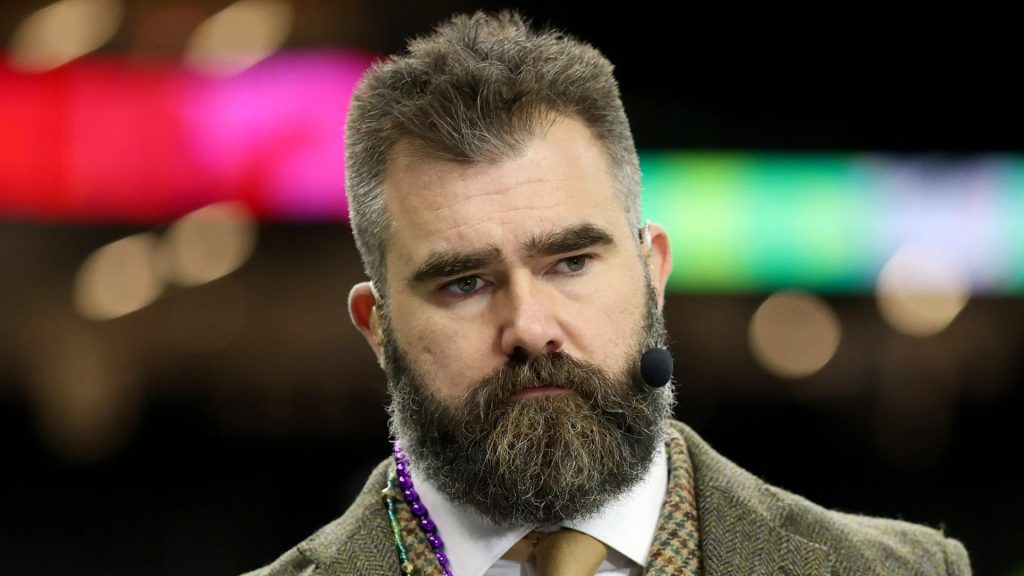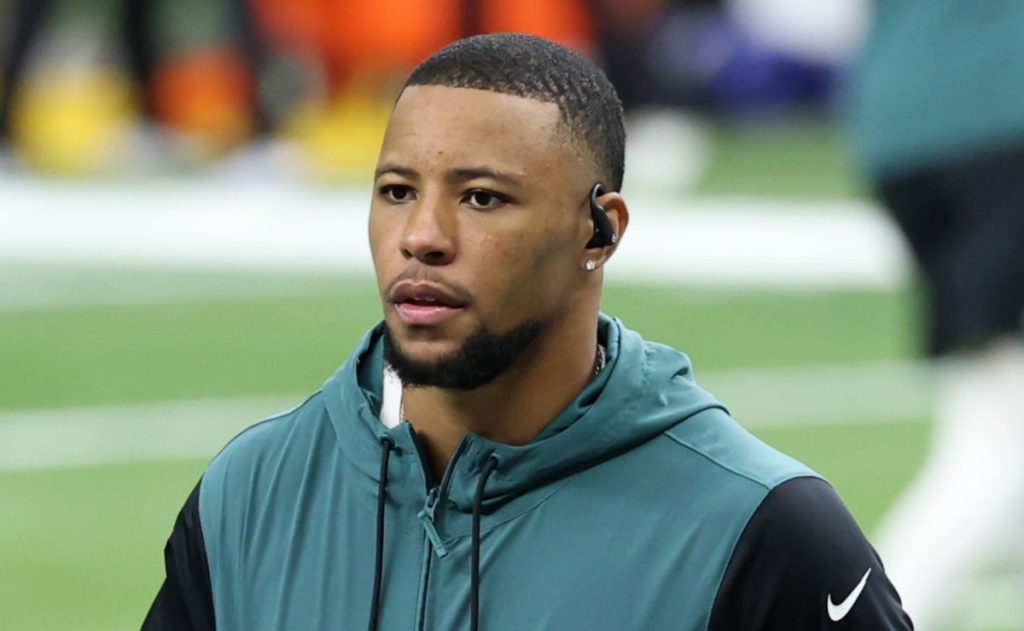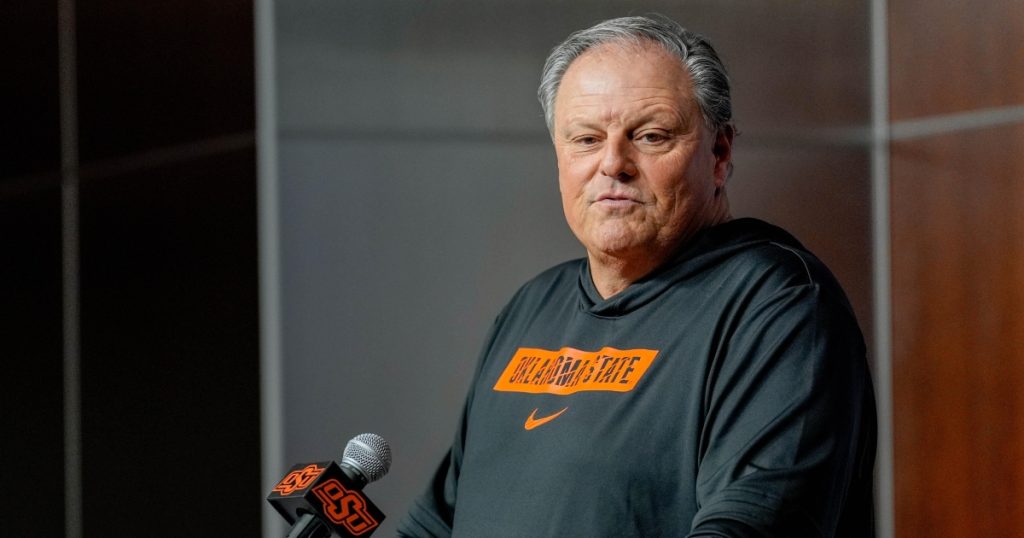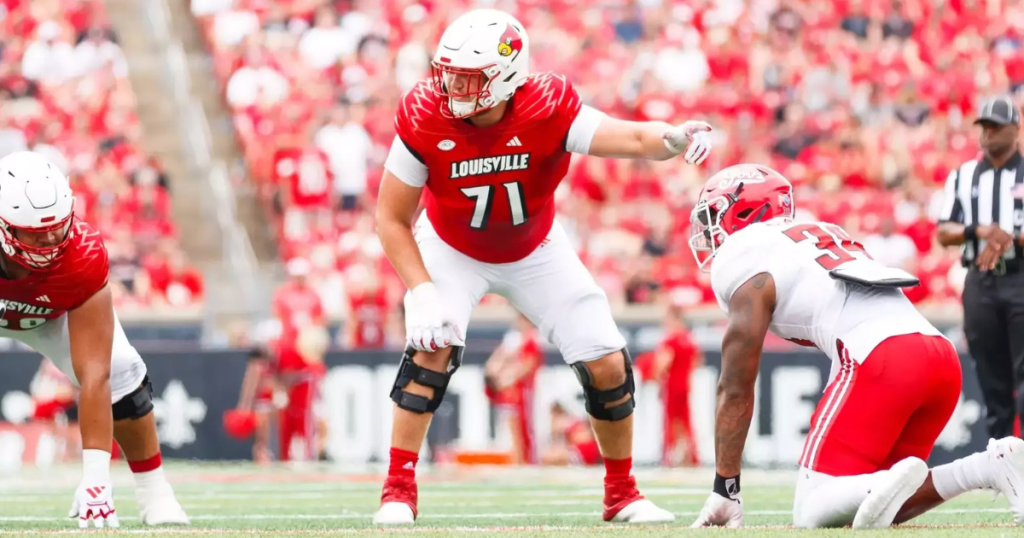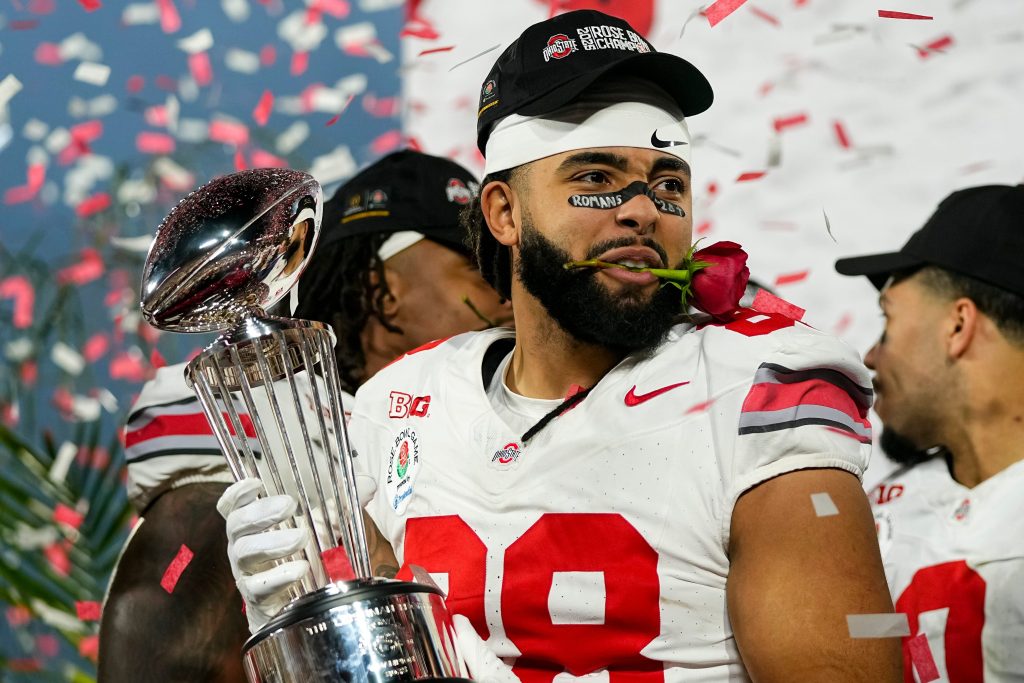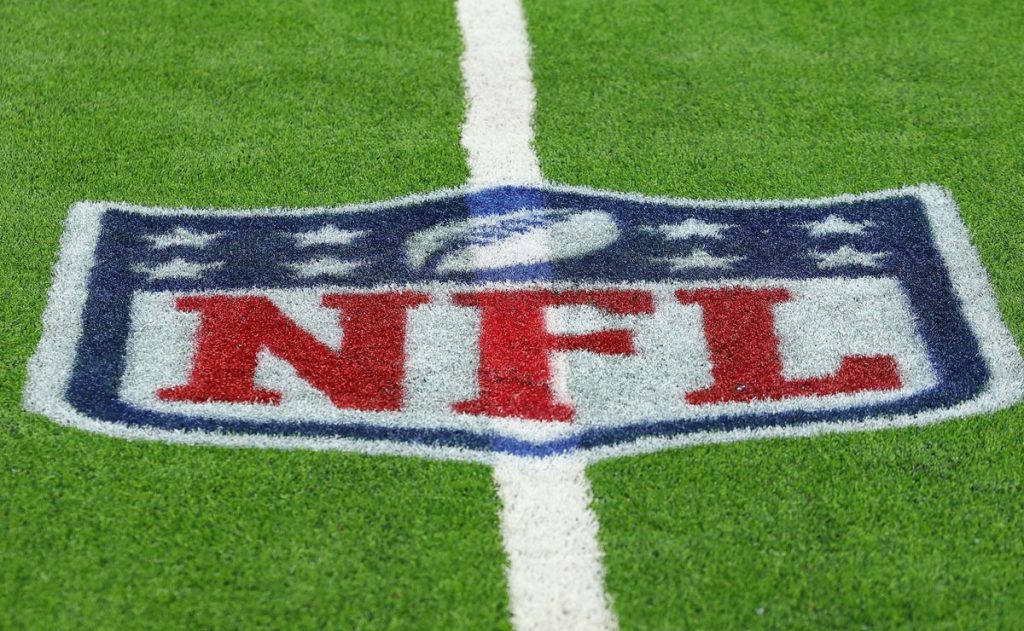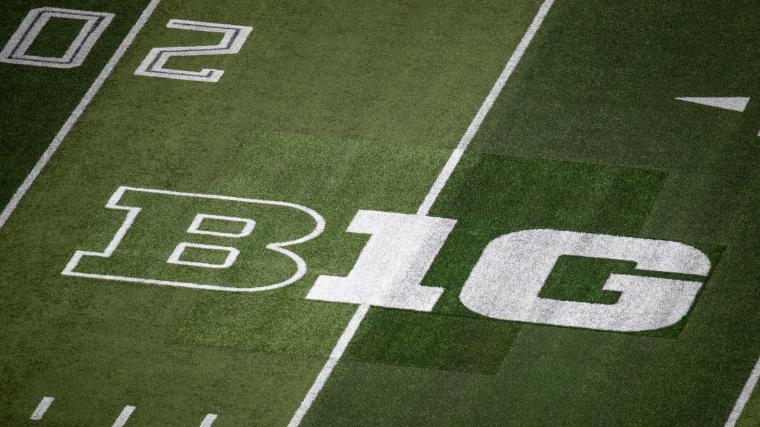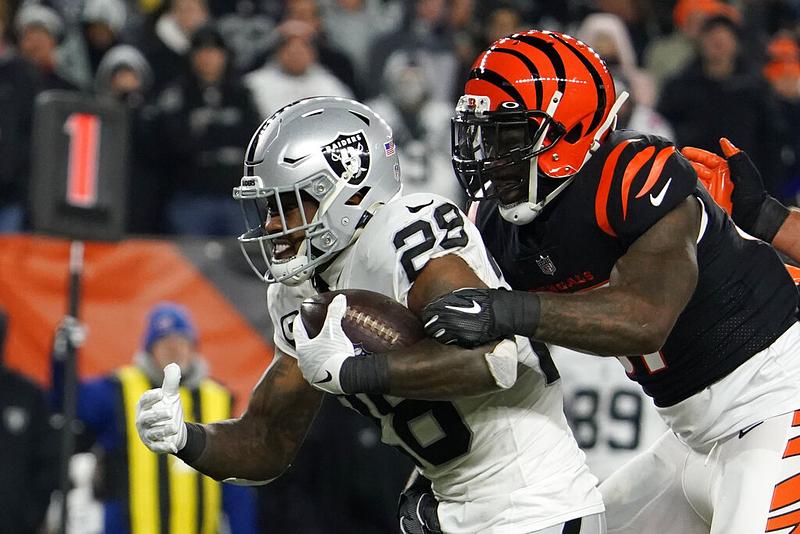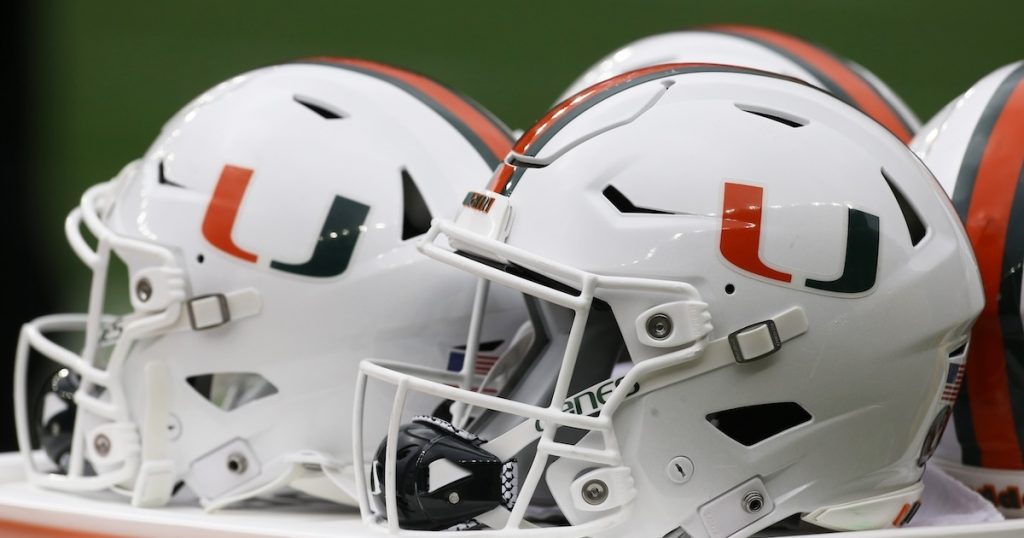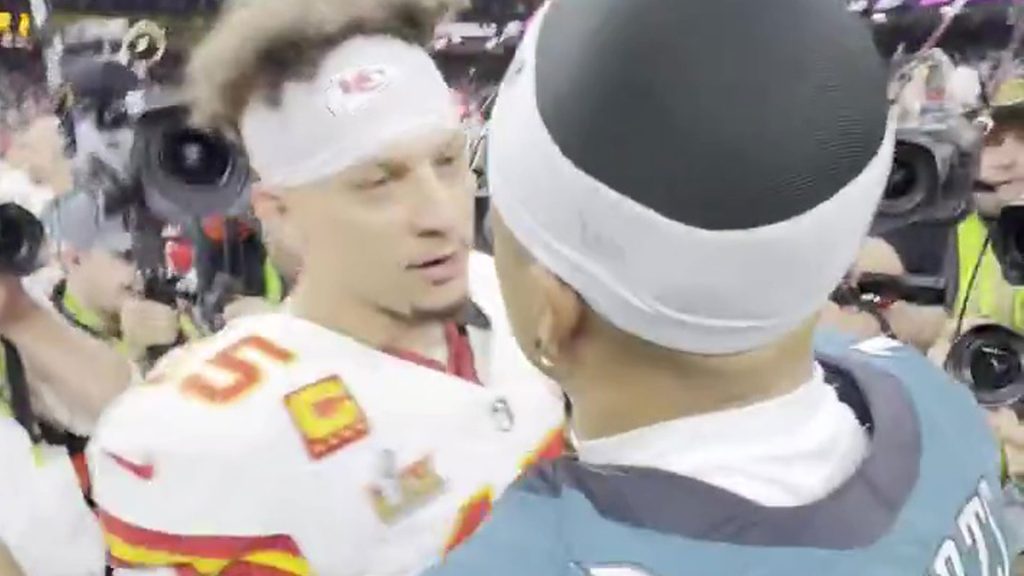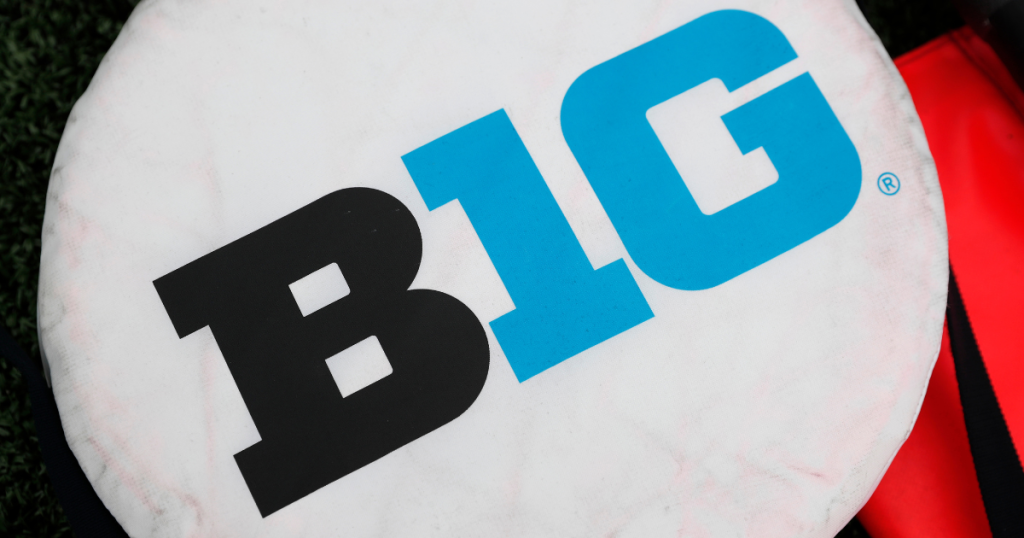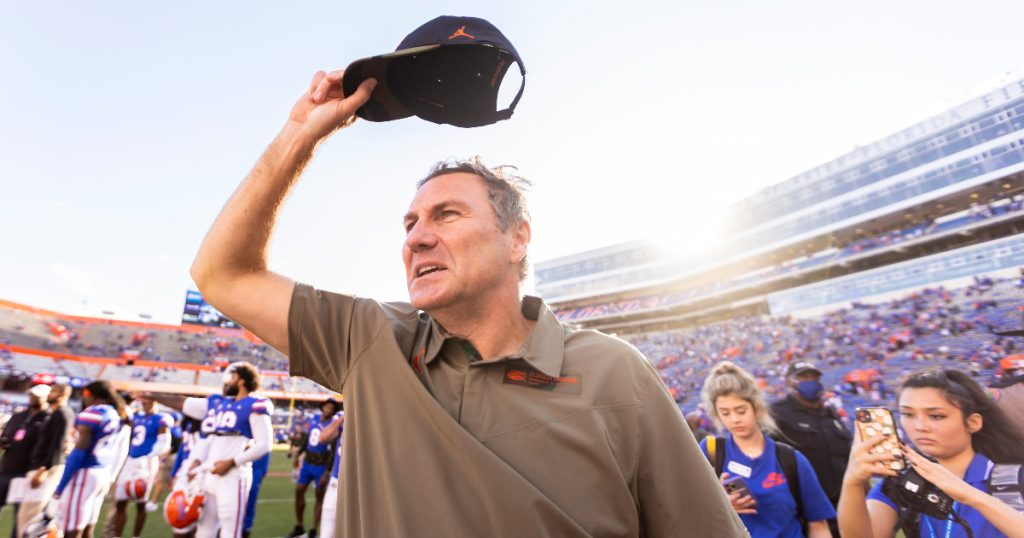FANS were left furious on Sunday as NFL RedZone included commercials, a move that caught many viewers off guard. The broadcast, hosted by the ever-charismatic Scott Hanson, is traditionally known for its promise of “seven hours of commercial-free football.” However, this time, that promise was not entirely fulfilled, leading to widespread disappointment among fans.
Scott Hanson, 53, kicked off the show with his signature enthusiasm, assuring viewers of an uninterrupted football experience. But as the day progressed, it became clear that something was amiss. Instead of the seamless action fans have come to expect, the broadcast featured commercials for several league partners, including Gatorade, Verizon, Visa, and Lowe’s.
During the show, the commercials were presented in a split-screen format, allowing fans to continue watching the game action while ads played alongside. This was a significant shift from the typical RedZone experience, where the focus is solely on the thrilling moments of live football. The decision to include commercials was reportedly a “test” run by the network, but it was not announced prior to the broadcast, leaving many viewers feeling blindsided.
The reaction from fans was swift and vocal. Social media was ablaze with comments expressing frustration and disbelief. One viewer on X lamented, “so much for 7 hours of commercial-free football,” while another questioned, “Is nothing sacred anymore?” The sentiment was clear: fans were not happy with this unexpected change to their beloved viewing experience.
The decision to run commercials during RedZone may have been a trial for the network, but it raised questions about the future of the show. While commercials are not expected to be a regular feature for the remainder of the NFL regular season, there are indications that this change could be implemented for the 2025 campaign. This prospect has left fans anxious about the potential for more interruptions in the future.
RedZone has been a staple of NFL Sundays since its inception in 2009, providing fans with the ability to watch multiple games simultaneously. The show can feature up to eight games at once, making it a favorite among die-hard football enthusiasts. Scott Hanson has been the face of the show since its launch, and his engaging style has contributed to its popularity.
As the regular season winds down, there are only three more episodes of RedZone before the playoffs begin. Fans are eager to see how the network will handle the upcoming broadcasts, especially in light of this recent controversy. Will they revert to the traditional format, or will commercials become a more permanent fixture?
The inclusion of commercials has sparked a broader conversation about the state of sports broadcasting. Many fans are willing to pay for premium services to avoid interruptions during games. As subscriptions to streaming services and cable packages continue to rise, viewers expect a certain level of quality in their viewing experience. The introduction of commercials could lead to a reevaluation of what fans are willing to pay for and how they consume football.
In the wake of Sunday’s broadcast, fans are left wondering if this is a sign of things to come. Will the NFL prioritize advertising revenue over the viewer experience? As passionate supporters of the game, fans deserve to have their voices heard. The NFL has built a loyal following over the years, and any changes that disrupt the viewing experience could have lasting consequences.
The backlash from fans is a reminder of the strong connection between football and its supporters. NFL RedZone has become synonymous with excitement and non-stop action, and any deviation from that formula is likely to be met with resistance. As the league continues to evolve, it must find a balance between monetization and maintaining the integrity of the game.
In the meantime, fans can only hope for a return to the traditional RedZone experience. The thrill of watching multiple games unfold simultaneously, without the distraction of commercials, is what makes Sundays so special. As the playoffs approach, the anticipation builds, and fans are eager to see how the NFL will navigate these changes moving forward.
Ultimately, the future of NFL RedZone hangs in the balance. Will it remain the commercial-free haven that fans have come to love, or will it shift toward a more ad-driven model? Only time will tell, but one thing is clear: fans are ready to voice their opinions, and they expect nothing less than the best from their beloved NFL.

